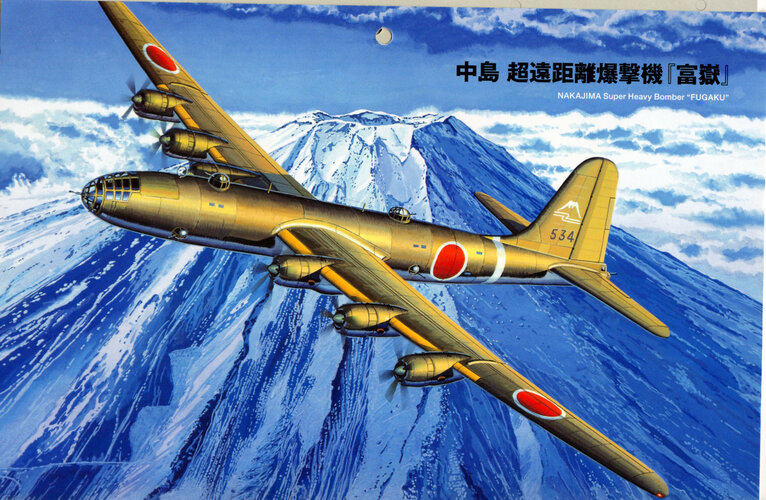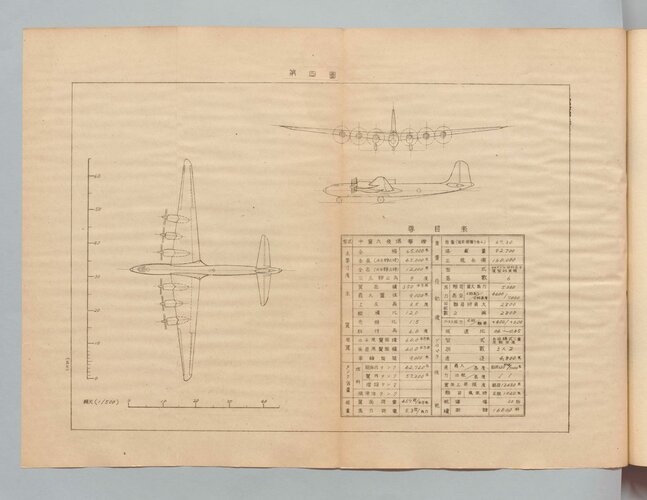Only 8 years ago, but just a suggestion, Jets were very new, maybe they thought of putting 2 or 4 into pods, for take off, and maybe to evade fighters, using speed. So not so much jet powered, as jet boosted.blackkite said:Oh! I have never heard about Fugaku-kai.
I wonder that jet engine's fuel consumption was very large for such a long range aircraft at the day.
I do think so too. If such project existed it would reduce the range of the craft, maybe half??? But significantly increase it's speed and bomb load am I right?
You are using an out of date browser. It may not display this or other websites correctly.
You should upgrade or use an alternative browser.
You should upgrade or use an alternative browser.
Fugaku : Z-plane, G10 or G12
- Thread starter Antonio
- Start date
blackkite
Don't laugh, don't cry, don't even curse, but.....
- Joined
- 31 May 2007
- Messages
- 8,819
- Reaction score
- 7,718
This Fugaku drawing is very good especially cabin.
But HA-54 engine with contra rotating double propeller is not a final design.
Please check attached HA-54 engine official drawings.
Propeller is single and engine cowl flap is also single and very big size.
But HA-54 engine with contra rotating double propeller is not a final design.
Please check attached HA-54 engine official drawings.
Propeller is single and engine cowl flap is also single and very big size.
Attachments
Last edited:
blackkite
Don't laugh, don't cry, don't even curse, but.....
- Joined
- 31 May 2007
- Messages
- 8,819
- Reaction score
- 7,718
Please check cabin shape by Fugaku pressurized cabin designer.
windswords
ACCESS: Secret
- Joined
- 19 May 2009
- Messages
- 389
- Reaction score
- 218
The Fugaku design (like its proposed official designation G10 etc.) was never fixed. Fugaku was an idea, a concept. A set design was never fixed on, just like its designation was not official. The Fugaku can be depicted in any number of ways; twin tail, single tail, B-29 like nose, traditional nose, contra-rotating props, traditional props, remote gun turrets, manual gun turrets. The only part of the plane that had progressed to any degree were the Ha-54 engines.
Model makers and artists have a lot of latitude when depicting this aircraft.
Model makers and artists have a lot of latitude when depicting this aircraft.
Last edited:
sgeorges4
I really should change my personal text
- Joined
- 8 October 2017
- Messages
- 665
- Reaction score
- 334
The Fugaku design (like its proposed official designation G10 etc.) was never fixed. Fugaku was an idea, a concept. A set design was never fixed on, just like its designation was not official. The Fugaku can be depicted in any number of ways; twin tail single tail, B-29 like nose, traditional nose, contra-rotating props, traditional props, remote gun turrets, manual gun turrets. The only part of the plane that had progressed to any degree were the Ha-54 engines.
Model makers and artists have a lot of latitude when depicting this aircraft.
So the fujimi one is valid ,thanks
blackkite
Don't laugh, don't cry, don't even curse, but.....
- Joined
- 31 May 2007
- Messages
- 8,819
- Reaction score
- 7,718
Ummm................
Z-aircraft model reality is no problem.
 scalesquadron-japan.que.jp
scalesquadron-japan.que.jp
Z-aircraft model reality is no problem.
‚TŒŽ‚P‚X“ú@•x›Ô‚ð”ò‚΂»‚¤‰ï(2019/05/19)
Attachments
Last edited:
windswords
ACCESS: Secret
- Joined
- 19 May 2009
- Messages
- 389
- Reaction score
- 218
The Fugaku design (like its proposed official designation G10 etc.) was never fixed. Fugaku was an idea, a concept. A set design was never fixed on, just like its designation was not official. The Fugaku can be depicted in any number of ways; twin tail single tail, B-29 like nose, traditional nose, contra-rotating props, traditional props, remote gun turrets, manual gun turrets. The only part of the plane that had progressed to any degree were the Ha-54 engines.
Model makers and artists have a lot of latitude when depicting this aircraft.
So the fujimi one is valid ,thanks
It is as valid as any other rendition. No more, no less.
blackkite
Don't laugh, don't cry, don't even curse, but.....
- Joined
- 31 May 2007
- Messages
- 8,819
- Reaction score
- 7,718
It's absolutely true that we only have the official drawing of Z-plane.
We never have Fugaku drawings at all. Burned out all perhaps.
Only we approach them logically, if possible according to the evidence........
We never have Fugaku drawings at all. Burned out all perhaps.
Only we approach them logically, if possible according to the evidence........
Last edited:
blackkite
Don't laugh, don't cry, don't even curse, but.....
- Joined
- 31 May 2007
- Messages
- 8,819
- Reaction score
- 7,718
Hi! Rather clear image of Z-koizumi as you already know.
中島「Z」海軍機設計部案 means Nakajima Z-bomber(the ancestor of Fugaku bomber) plan which the IJN aircraft design department designed. The IJN aircraft design department belonged to Nakajima aircraft Koizumi factory. This drawing's side view is strange, because there are no space for main landing gear when retracted.
Drawing source is "All the Experimental Aircraft in Japanese Army", KANTOSHA MOOK, 2/20/2008, Minoru Akimoto, ISBN978-4-87357-233-8, page109.
Motocar-san's excellent cutaway of this aircraft is as follows.
And perhaps this is the original drawing of Z-Koizumi. No space for landing gear?
Z-Ohta is as follows.
Z-final shape is as follows.

中島「Z」海軍機設計部案 means Nakajima Z-bomber(the ancestor of Fugaku bomber) plan which the IJN aircraft design department designed. The IJN aircraft design department belonged to Nakajima aircraft Koizumi factory. This drawing's side view is strange, because there are no space for main landing gear when retracted.
Drawing source is "All the Experimental Aircraft in Japanese Army", KANTOSHA MOOK, 2/20/2008, Minoru Akimoto, ISBN978-4-87357-233-8, page109.
Motocar-san's excellent cutaway of this aircraft is as follows.
And perhaps this is the original drawing of Z-Koizumi. No space for landing gear?
Z-Ohta is as follows.
Z-final shape is as follows.
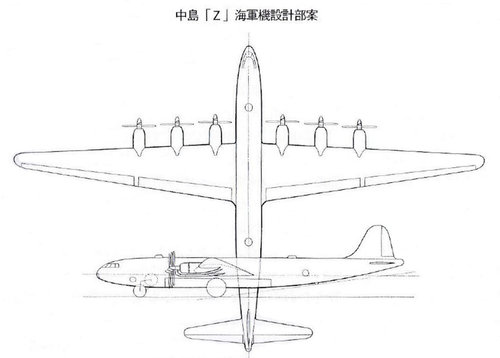
Attachments
Last edited:
blackkite
Don't laugh, don't cry, don't even curse, but.....
- Joined
- 31 May 2007
- Messages
- 8,819
- Reaction score
- 7,718
imakenpressブログ » 中島飛行機 計画機“富嶽”について (2) 六発機の夢
"During this time, Nakajima Aircraft was coordinating with each related organization and was working on the design of the Fugaku bomber with all efforts, and it seems that it was decided to build a factory that produces Fugaku on the site of Mitaka Research Laboratory.
However, it seems that it was difficult to develop a turbocharger-equipped large engine BH (Ha54) that was planned to be installed in Fugaku bomber, and BH could not obtain a stable output enough to fly a large aircraft. In the end, it is said that they gave up their in-house development and chose to install Mitsubishi's prototype engine “Ha 50” (aircooling radial double row 22 cylinder). By the way, “Ha 50” is exhibited at the Aviation Science Museum near Narita Airport."
Last edited:
blackkite
Don't laugh, don't cry, don't even curse, but.....
- Joined
- 31 May 2007
- Messages
- 8,819
- Reaction score
- 7,718
There is a list for the IJA aircraft which include long range bomber Fugaku in this book.
"Japanese aeronautical academicscientific history(日本航空学術史)."
Description about Fugaku(two types) are as follows.
Design : Nakajima
(1) Engine : Ha219ru(Ha42-21ru)(Nakajima), Number of engine : 6, Take off power : 2500hp, nominal power : 2050hp(7000m-15000m), Speed : 640km/h/12000m, crew : over 6
(2) Engine : Ha50(Mitsubishi, Number of engine : 6, Take off power : 3300hp, nominal power : 2370hp(10400m), Speed : 700km/h/12000m, crew : over 6
"Engine : Ha219ru(Ha42-21ru)(Nakajima)" is apparently mistake. Correctly it's Ha219ru(Ha44-12ru)(Nakajima).
There are no descriptopn about Nakajima Ha-54 engine. Ha-54 had engine cooling problem at No.4 engine row.
"Japanese aeronautical academicscientific history(日本航空学術史)."
Description about Fugaku(two types) are as follows.
Design : Nakajima
(1) Engine : Ha219ru(Ha42-21ru)(Nakajima), Number of engine : 6, Take off power : 2500hp, nominal power : 2050hp(7000m-15000m), Speed : 640km/h/12000m, crew : over 6
(2) Engine : Ha50(Mitsubishi, Number of engine : 6, Take off power : 3300hp, nominal power : 2370hp(10400m), Speed : 700km/h/12000m, crew : over 6
"Engine : Ha219ru(Ha42-21ru)(Nakajima)" is apparently mistake. Correctly it's Ha219ru(Ha44-12ru)(Nakajima).
There are no descriptopn about Nakajima Ha-54 engine. Ha-54 had engine cooling problem at No.4 engine row.
Last edited:
blackkite
Don't laugh, don't cry, don't even curse, but.....
- Joined
- 31 May 2007
- Messages
- 8,819
- Reaction score
- 7,718
Realistic plans were
(1) Fugaku with Ha-44 engine
(2) Fugaku with Ha-50 engine
(1) Fugaku with Ha-44 engine
(2) Fugaku with Ha-50 engine
blackkite
Don't laugh, don't cry, don't even curse, but.....
- Joined
- 31 May 2007
- Messages
- 8,819
- Reaction score
- 7,718
Mitsubishi Ha-50 engine specification is as follows.
Bore : 150mm, Stroke : 170mm, Displacement : 66.1 little, Weight : 1540kg, Diameter : 1500mm, Reduction ratio : 0.412, Super charger : Mechanical drive single stage two speed supercharger+turbocharger, Fuel injection, water injection, take off power : 3100hp/2600rpm, nominal power : 2700hp/2500prm/1500m and 2240hp/2500rpm/10000m
Source : THE HISTORY OF MITSUBISHI AERO-ENGINES, ISBN4-89522-461-9 C0053
 forum.warthunder.com
Perhaps the length is 2400mm.
forum.warthunder.com
Perhaps the length is 2400mm.
Bore : 150mm, Stroke : 170mm, Displacement : 66.1 little, Weight : 1540kg, Diameter : 1500mm, Reduction ratio : 0.412, Super charger : Mechanical drive single stage two speed supercharger+turbocharger, Fuel injection, water injection, take off power : 3100hp/2600rpm, nominal power : 2700hp/2500prm/1500m and 2240hp/2500rpm/10000m
Source : THE HISTORY OF MITSUBISHI AERO-ENGINES, ISBN4-89522-461-9 C0053
Data Manuals for the Japanese Mitsubishi Engines
Found some more stuff that could help Japan to get new planes or better FMs, here is the list of some of the engines inside the book, translated from page 183. If any of the data inside this book is needed. Here is the untranslated PDF, might in future post in this thread the whole translation fo...
Attachments
blackkite
Don't laugh, don't cry, don't even curse, but.....
- Joined
- 31 May 2007
- Messages
- 8,819
- Reaction score
- 7,718
Based on Fugaku pressurized cabin designer's memory, Fugaku nose shape was like this.
We are in final approach to Fugaku shape.
I think it's not neccesary to think about Ha-54 engine.
We are in final approach to Fugaku shape.
I think it's not neccesary to think about Ha-54 engine.
Last edited:
blackkite
Don't laugh, don't cry, don't even curse, but.....
- Joined
- 31 May 2007
- Messages
- 8,819
- Reaction score
- 7,718
Hi! Fugaku ancestor Z-plane designed by Nakajima aircraft Koizumi factory for the IJN.
I believe this drawing is based on Nakajima's official drawing.
I understand how to retract main landing gear. After take off inner tire of main landing gera dropped, then main landing gear retract inside of the wing.
Source : Japanese Aircraft Large Picture Book.
I believe this drawing is based on Nakajima's official drawing.
I understand how to retract main landing gear. After take off inner tire of main landing gera dropped, then main landing gear retract inside of the wing.
Source : Japanese Aircraft Large Picture Book.
Attachments
Last edited:
Airborne2001
ACCESS: Secret
- Joined
- 19 June 2020
- Messages
- 224
- Reaction score
- 280
blackkite
Don't laugh, don't cry, don't even curse, but.....
- Joined
- 31 May 2007
- Messages
- 8,819
- Reaction score
- 7,718
Difficult to identify. Perhaps Fugaku with Nakajima HA-44 engine or Fugaku with Mitsubishi HA-50 engine.695.jpg represent Nakajima G10N or an other variation of Fugaku of Nakajima ?
blackkite
Don't laugh, don't cry, don't even curse, but.....
- Joined
- 31 May 2007
- Messages
- 8,819
- Reaction score
- 7,718
against modern american fighters ? Could had been same fate of B-40 Fortress ( heavy escort version of B-17) .Hmmmm......Tzoli said:Nice one of the Torpedo Carrying variant but I thought about this version:
From the book: Japanese Secret Projects: Experimental Aircrafts of the IJA and IJN 1939-1945 by Edwin M. Dyer, III
"Bombing was not the only mission that was envisioned for the Fugaku and during the Project Z brainstorming three other concepts arose and later formed part of Chikuhei's thesis. The First was and attack design that had 400 Type 97 7.7mm machine guns crammed into the aircraft. The front and the back of the bomber would accommodate 40 machine guns arranged in ten rows. The intention was to rain thousands of rounds of bullets down on to enemy ships with the theory that a swath of destruction 45m (148ft) wide and 10km (6.2 miles) long could be achieved by 15 Fugaku aircraft. Once the decks of these ships were swept of personnel, nine Fugaku bombers, each with twenty 907kg (2,000 lb) bombs or torpedoes, would deliver the coup de grace, covering a path 200m (656ft) in length with high explosive."
This is a heavy escort type.
blackkite
Don't laugh, don't cry, don't even curse, but.....
- Joined
- 31 May 2007
- Messages
- 8,819
- Reaction score
- 7,718
Hi!
NHK broadcasted the activity of Fugaku flying club in 19th of January 2020.
https://www.nhk-ondemand.jp/goods/G2019097218SA000/
View: https://www.youtube.com/watch?v=j_mzfR41GOI
And Fugaku flying club 2021 calender.
Fugaku flying club says that according to smoke pattern, model aircraft flying speed is 112.5km/h.
NHK broadcasted the activity of Fugaku flying club in 19th of January 2020.
https://www.nhk-ondemand.jp/goods/G2019097218SA000/
And Fugaku flying club 2021 calender.
Fugaku flying club says that according to smoke pattern, model aircraft flying speed is 112.5km/h.
Attachments
Last edited:
https://en.wikipedia.org/wiki/Nakajima_G10N Wikipedia report Project Z like a possible version of Fugaku for IJA and Fugaku for IJN
I don't know if there was a designation for IJA like G10N for IJN.
Seems be final version for IJA ( Imperial Japanese Army).Hi!
Specification of Fugaku final version is almost similar to Z-Ohto design.
I don't know if there was a designation for IJA like G10N for IJN.
Last edited:
For Z-Gun depicted on this thread , i had doubt , if was referring to 400 guns versions or 96 cannon version : but seems be version with 96 cannon type 99 of 20 mm . Probably more efficient and lethal than 400 guns version .

Last edited:
blackkite,Hi! I find this blueprint in Japanese internet site.
I wonder what it is.
Please take note that each propeller line is parallel to the wing span direction.
It's not a Z-plane's drawing.
There is no fillet at the wing root trailing edge.
http://homepage3.nifty.com/time-trek/else-net/1944-6.html
Do you have any information on the 1 ton torpedo, or the "Experimental M"? I can't find anything
blackkite
Don't laugh, don't cry, don't even curse, but.....
- Joined
- 31 May 2007
- Messages
- 8,819
- Reaction score
- 7,718
At the end of the Pacific War, the Japanese Navy had developed an experimental torpedo M with a total weight of 2 tons, but this was left unfinished. Since the spring of 1944, Kugisho had been developing a huge aerial torpedo weighing 2 tons for the four engine land attack aircraft "Renzan". The torpedo was called the "Experimental torpedo M" or abbreviated as the "2 ton torpedo". This torpedo is like a giant of the Type 91 aerial torpedo, with a diameter of 21 inches (53.3 cm), a total length of 23 ft 4-1 / 4 inches (7.10 m), a total weight of 2,070 kg, and an explosive charge of 750kg.
However, members of the Type 91 aerial torpedo development team did not consider the experimental torpedo M to be part of the Type 91 aerial torpedo series. This torpedo was supposed to be the largest aerial torpedo in the history of the Japanese Navy, but the tactical concept of performing torpedo strikes from a distance with four engines large aircraft was no longer in tune with the times, so the torpedo ended unfinished.
However, members of the Type 91 aerial torpedo development team did not consider the experimental torpedo M to be part of the Type 91 aerial torpedo series. This torpedo was supposed to be the largest aerial torpedo in the history of the Japanese Navy, but the tactical concept of performing torpedo strikes from a distance with four engines large aircraft was no longer in tune with the times, so the torpedo ended unfinished.
blackkite
Don't laugh, don't cry, don't even curse, but.....
- Joined
- 31 May 2007
- Messages
- 8,819
- Reaction score
- 7,718
Hi! 1ton torpedo.
https://blog.goo.ne.jp/yoshi0749/e/d2721fc0a6dd6e9e020ec1b31fe355bb
https://blog.goo.ne.jp/yoshi0749/e/d2721fc0a6dd6e9e020ec1b31fe355bb
found on wikipedia https://en.wikipedia.org/wiki/Type_91_torpedo -
blackkite
Don't laugh, don't cry, don't even curse, but.....
- Joined
- 31 May 2007
- Messages
- 8,819
- Reaction score
- 7,718
blackkite
Don't laugh, don't cry, don't even curse, but.....
- Joined
- 31 May 2007
- Messages
- 8,819
- Reaction score
- 7,718
Hi! Good drawing from the illustration calendar of Masao Satake, a master of military illustration.
The engine must be Nakajima Ha-44 or Mitsubishi Ha-50.
http://c2ssdt.cocolog-nifty.com/blog/2016/05/z-8953.html
The engine must be Nakajima Ha-44 or Mitsubishi Ha-50.
http://c2ssdt.cocolog-nifty.com/blog/2016/05/z-8953.html
Attachments
Last edited:
blackkite
Don't laugh, don't cry, don't even curse, but.....
- Joined
- 31 May 2007
- Messages
- 8,819
- Reaction score
- 7,718
Winning Game Plan by Chikuhei Nakajima.
https://www1.library.pref.gunma.jp/winj/archive/jpeg/1100247813/album00001.html
Attached picture shows Z-plane as you already know.
https://www1.library.pref.gunma.jp/winj/archive/jpeg/1100247813/album00001.html
Attached picture shows Z-plane as you already know.
Attachments
windswords
ACCESS: Secret
- Joined
- 19 May 2009
- Messages
- 389
- Reaction score
- 218
The tail, especially the tail gunner position, looks like the B-29.Hi! Good drawing from the illustration calendar of Masao Satake, a master of military illustration.
The engine must be Nakajima Ha-44 or Mitsubishi Ha-50.
http://c2ssdt.cocolog-nifty.com/blog/2016/05/z-8953.html
Temistocle
ACCESS: Secret
- Joined
- 9 December 2009
- Messages
- 246
- Reaction score
- 505
Winning Game Plan by Chikuhei Nakajima.
https://www1.library.pref.gunma.jp/winj/archive/jpeg/1100247813/album00001.html
Attached picture shows Z-plane as you already know.
From the same source, this image should be interesting; I do not understand a single japanese ideogram, but it seems to show the supposed ranges of the Z-plane from various bases scattered around the SEA. There is one also in west France to bomb the USA!
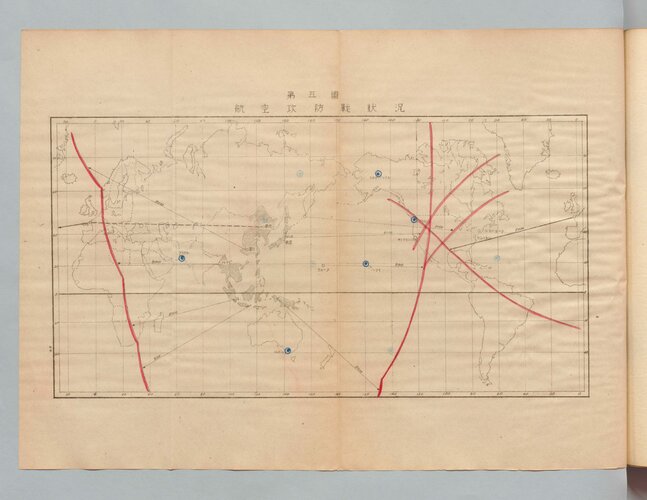

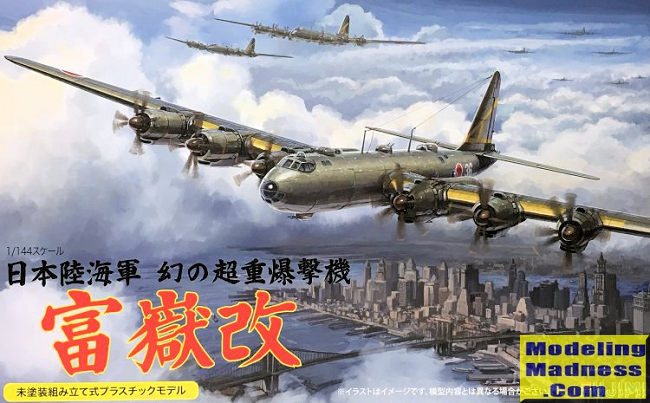
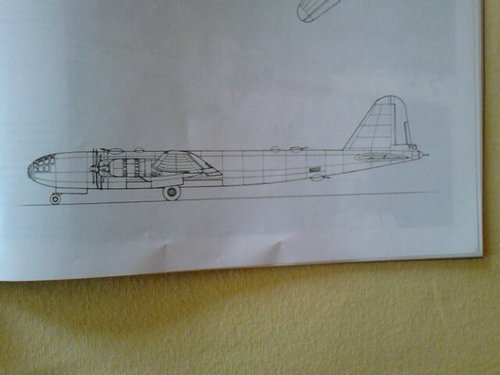
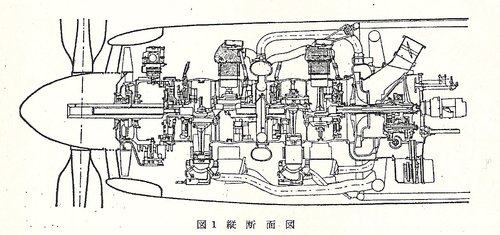
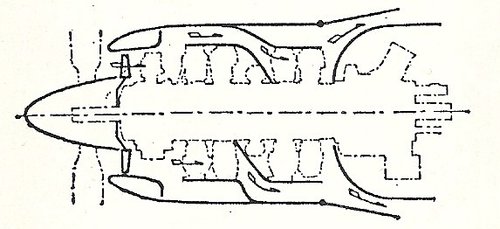
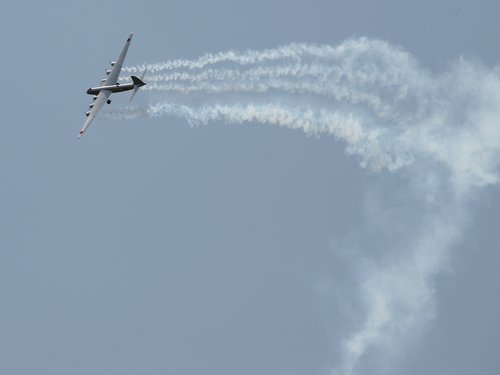
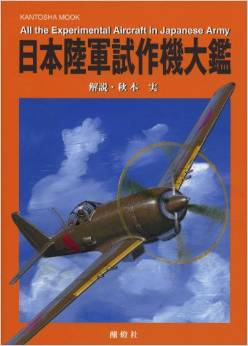
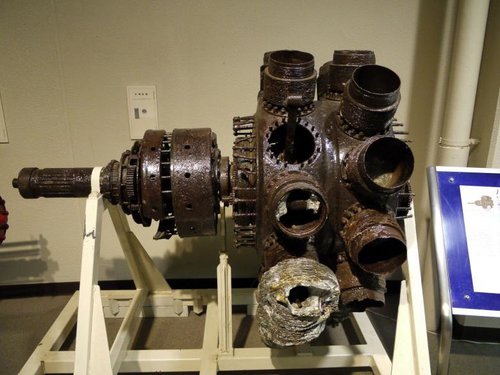
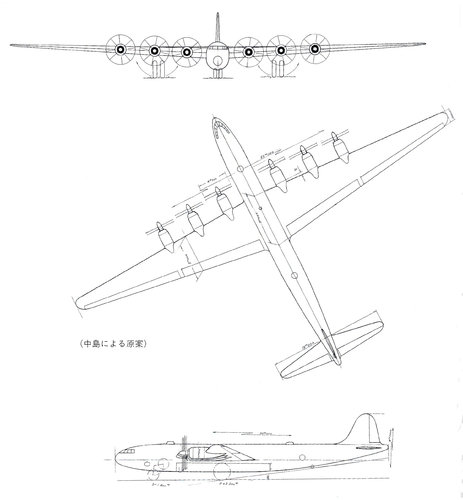
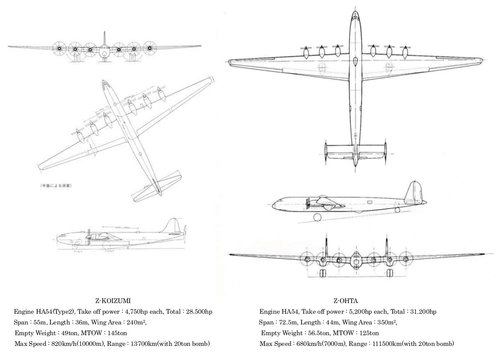
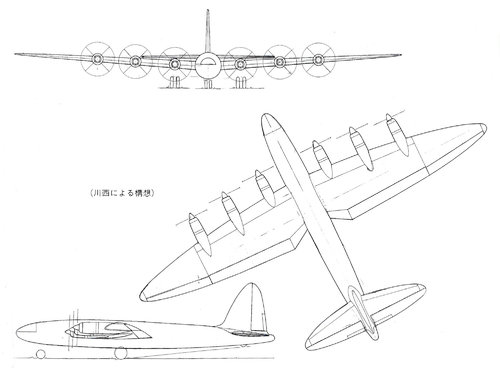
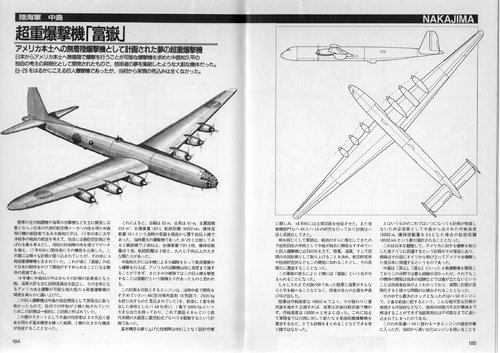
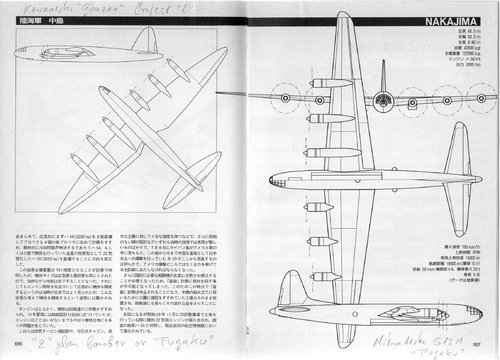
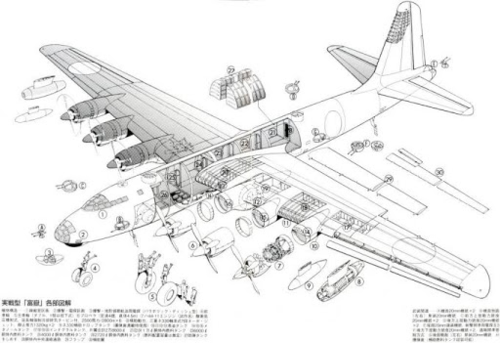
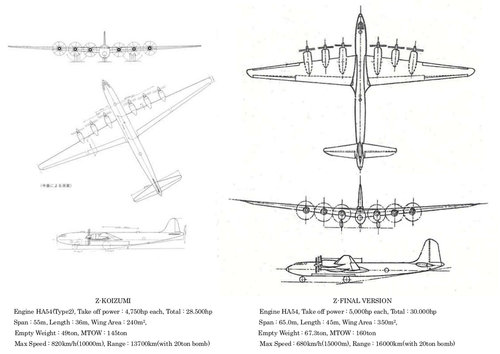
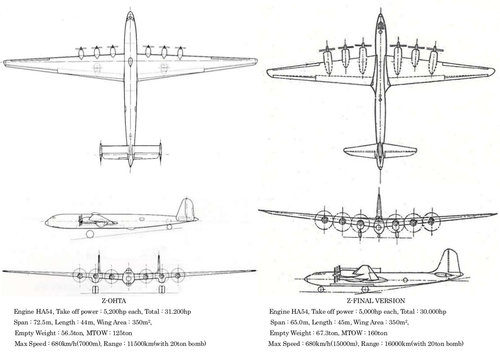
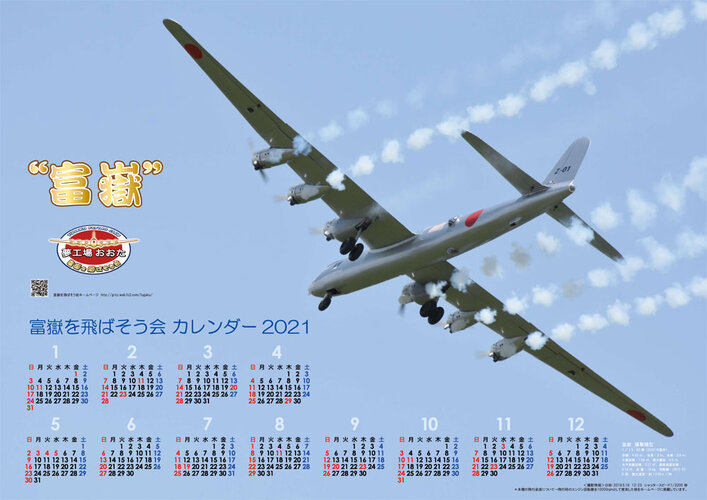
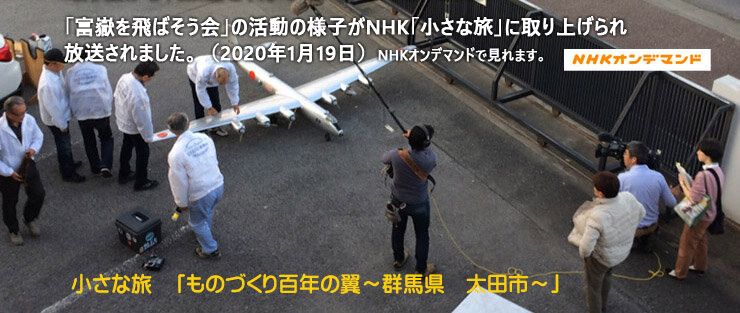
![Z FUGAKU TB SPEC[1][1].jpg](/data/attachments/193/193742-b282fac366b6fe1029725f498b2376ea.jpg)
